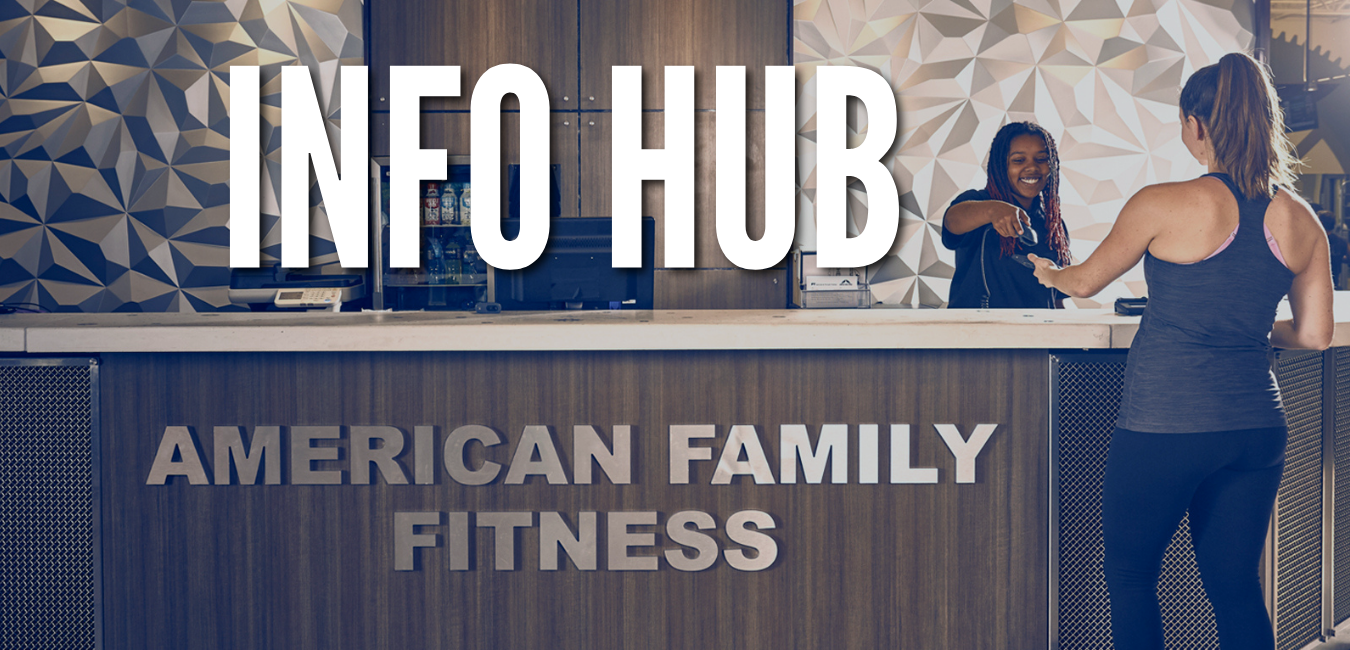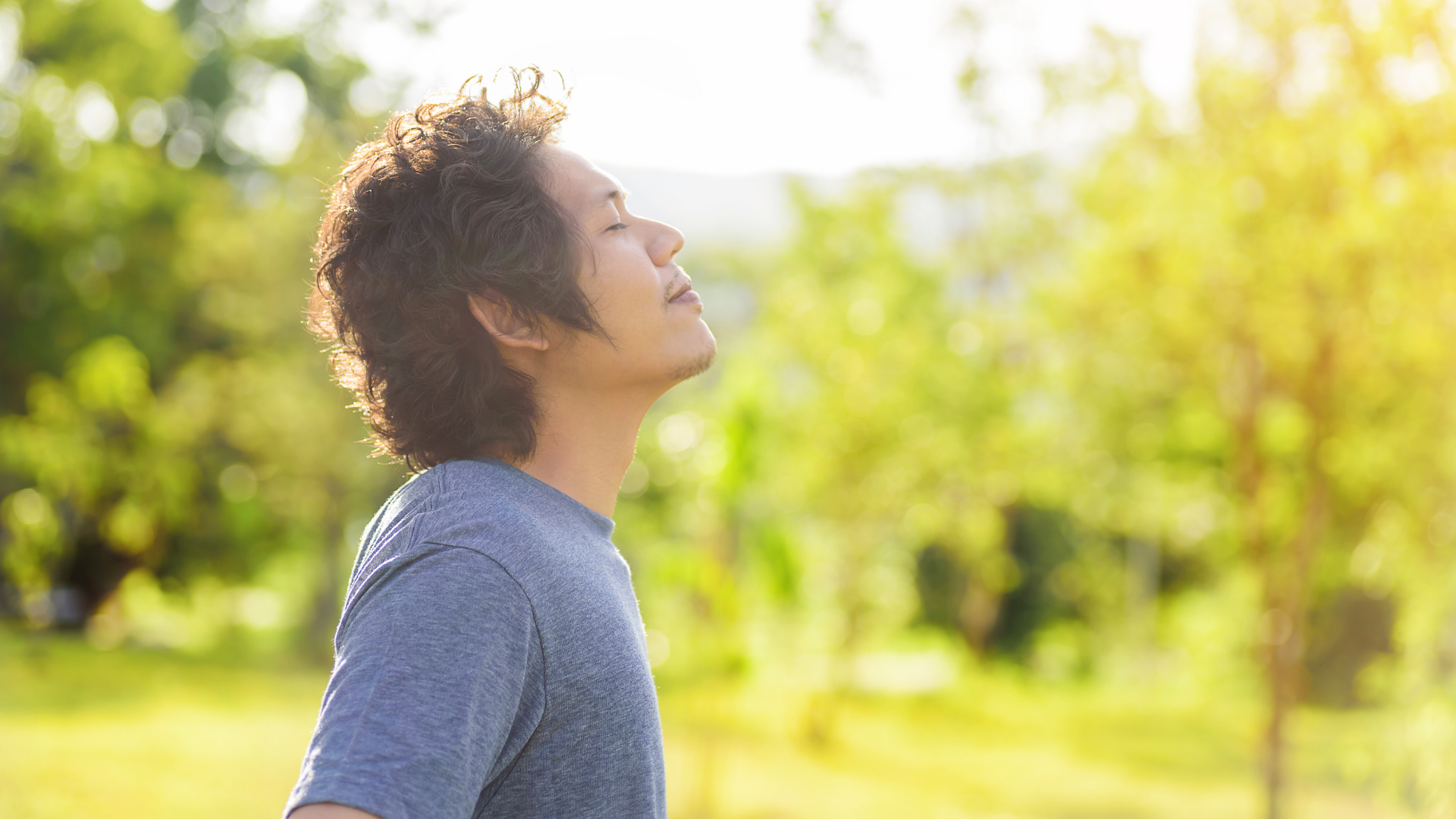
Raise your hand if you’re feeling:
• Tired
• Stressed
• Unsure of yourself
• Powerless
• Anxious
Now, shift your attention to your breath (you can lower your hand now). Without altering your breath pattern, notice HOW you’re breathing – where does the breath enter, where does it go in your body, how does it feel flowing in and out of your body. Does your breath match how you’re feeling right now?
Take a much deeper breath through your nose. Let it linger for a brief moment, then let your breath exit through your mouth. Repeat 3 to 5 more times at your own pace.
Do you feel any different? Maybe you feel more present in the moment, or perhaps you feel less tired/stressed/unsure/powerless/anxious. Maybe you’re not certain what you feel, and that’s perfectly valid too.
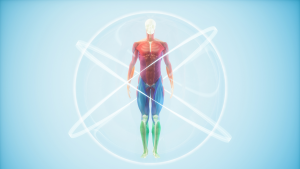
Our bodies are really awesome. Think about all that your body does daily that you don’t even have to think about – your brain processing visual stimuli, your body digesting food for energy, your breath keeping you going – the human body is an incredible thing!
Respiration overall is an unconscious action of the body, meaning we don’t have to think about it for our bodies to do it. Though it’s an involuntary process, breathing can have a powerful effect on our physical and mental health, and it can also be an indicator of underlying physical and mental health issues. Breathing patterns that indicate a stressful or anxious state include short and shallow inhales and irregular or “choppy” irregular breaths. And these breathing patterns can prolong these feelings of stress or anxiety. But remember, the breath isn’t just an indicator of how you are feeling – it’s also a tool you can use to manage these symptoms of stress and anxiety and feel better.
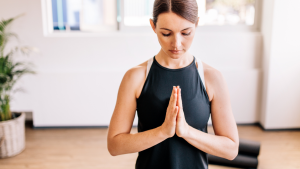
Yoga and Breath
In classical Yoga, there are 8 limbs that comprise a Yoga practice. The fourth limb, known as Pranayama, focuses on utilizing breathing practices that cleanse your Prana, or life force. It is believed in Yoga that when Prana is balanced and healthy, one can minimize future illness and disease. When it comes to the human body, the regulation of the breath can have powerful effects on the body by regulating the parasympathetic nervous system, which can lower your heart rate and help reduce blood pressure (Misra).
There are many Pranayama techniques in the practice of Yoga. We’ve highlighted 3 techniques below that are ideal for most individuals new to Pranayama practices and who are looking to reduce stress in their lives. You can perform any of these techniques in a position that feels most comfortable for you. We understand that not everyone may be suited to try these breathing techniques. Before you attempt any of these techniques, please consult with your physician to ensure your physical preparedness and safety.
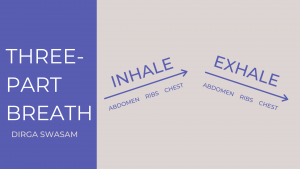
3-Part Breath (Dirga Swasam)
This breathing practice focuses on using three parts of the body to control the breath: the abdomen, the lungs/ribcage, and the chest. This is a great technique to teach the body how to breathe fully and deeply, so if you often experience short and shallow breathing tied to feelings of stress and anxiety, try this technique.
After finding your comfortable position:
- Inhale through the nose, then sigh through the mouth (repeat as many times as necessary to prepare the breath for the practice).
- Inhale again through the nose allowing the breath to fill the abdomen first, then the lungs, then the chest.
- Release the exhale through the nose beginning with the chest, then the lungs, then the abdomen.
- Repeat for 1-5 minutes, keeping your focus on the breath.
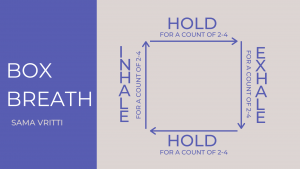
Box Breath (Sama Vritti)
This breathing practice separates the breath into four even parts to help promote slower breathing. If you experience short, choppy breaths or irregular breathing rhythms as a result of stress or anxiety, try this technique.
After finding your comfortable position:
- Inhale through the nose, then sigh through the mouth (repeat as many times as necessary to prepare the breath for the practice).
- Inhale again through the nose for a count of 4.
- Hold the inhale calmly for a count of 4 (simply let the inhale sit instead of covering your mouth and/or nose).
- Exhale for a count of 4.
- Hold the exhale for a count of 4 (find stillness without letting the next inhale in).
- Repeat for 1-5 minutes, keeping your focus on the breath.
Note: If 4 counts is too long, you may shorten the count to 2 or 3 then build your way to a longer count with practice.
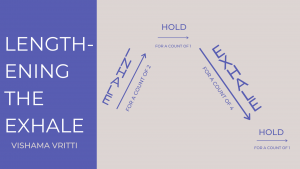
Lengthening the Exhale (Vishama Vritti)Vishama Vritti is a lengthening of one part of the breath to create an uneven breath. When applied to the inhale, the effect is an awakened, energetic state by making each inhale longer than each exhale. When applied to the exhale, the effect is more calming as the exhale is longer than each inhale.
After finding your comfortable position:
- Inhale through the nose, then sigh through the mouth (repeat as many times as necessary to prepare the breath for the practice).
- Inhale again through the nose for a count of 2.
- Hold the inhale calmly for a count of 1.
- Exhale for a count of 4.
- Hold the exhale for a count of 1.
- Repeat for 1-5 minutes, keeping your focus on the breath.
Note: This breathing technique is considered slightly more advanced than Box Breath, so make sure you’ve practiced Box Breath before attempting this technique!
While the breath can be a powerful tool to help ease symptoms of stress and anxiety, sometimes breathing isn’t enough. If you are experiencing extreme or persistent feelings of stress, anxiety, or depression, we encourage you to seek help from a licensed mental health care professional.
Sources:
Misra, Shamita, M.D.; Can Yoga Lower Your Blood Pressure? Missouri University Health Magazine, October 18, 2019. https://medicine.missouri.edu/news/can-yoga-lower-your-blood-pressure
Article contributed by Lauren Rinker
Lauren Rinker is the Group Fitness Manager at Virginia Center Commons and teaches a variety of classes, including POWER®, CORE®, BLAST®, Yoga, and Fusion small group and team training. She started her Group Fitness career in 2012 after her childhood dream of being a storm chaser didn’t work out due to the immense fear of tornados, and accredits Group Fitness for transforming her life. She loves how Group Fitness and Social Media share the same impact of making and maintaining meaningful connections between people . When she’s not teaching or taking pictures for the VCC Facebook page, you can find her working out, reading, checking off her To-Do lists, drinking coffee, or eating her favorite foods. A self-proclaimed cat lady and night owl, Lauren loves to recharge in the evenings by watching Netflix with her two Instagram-famous cats.






